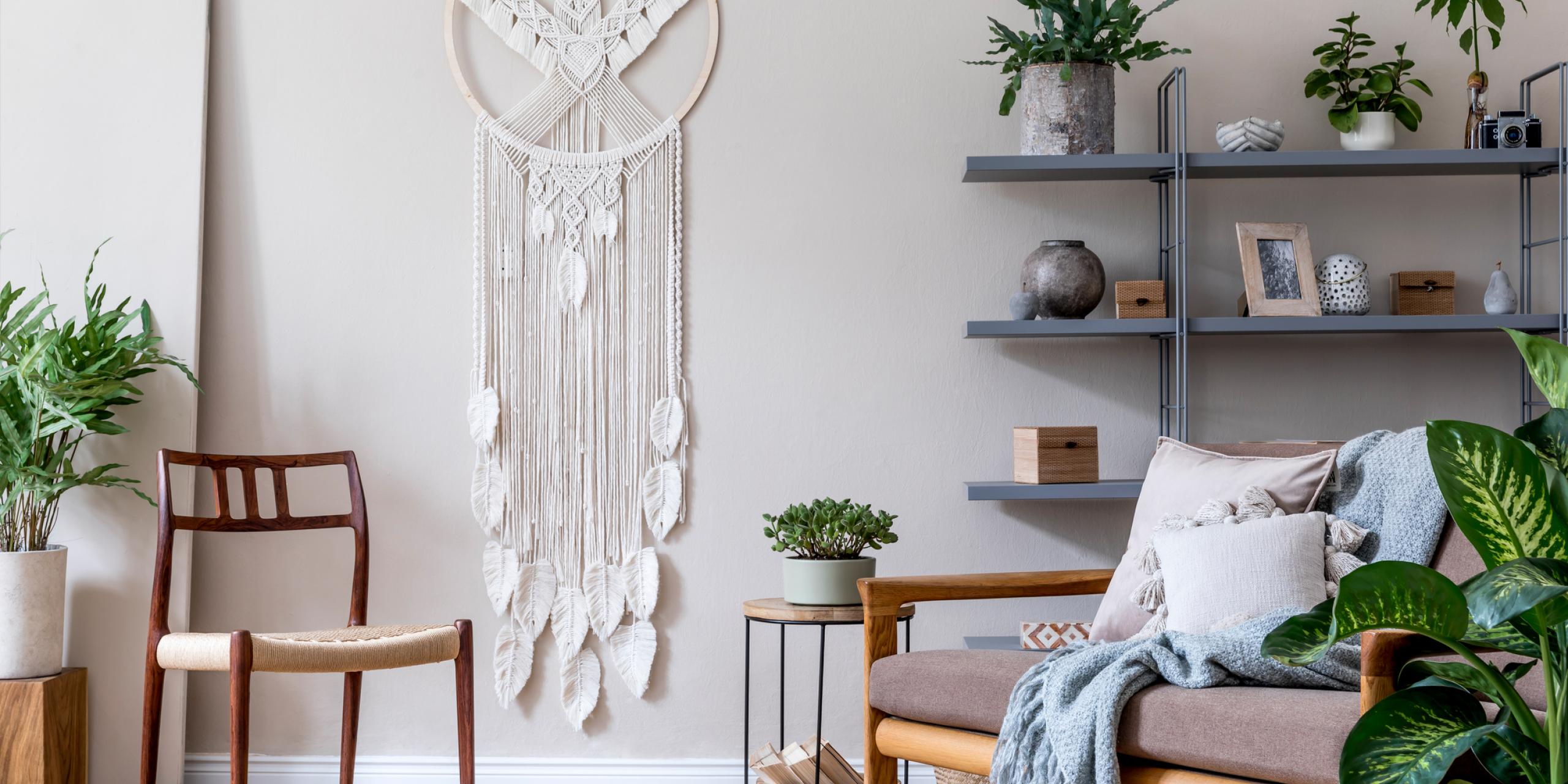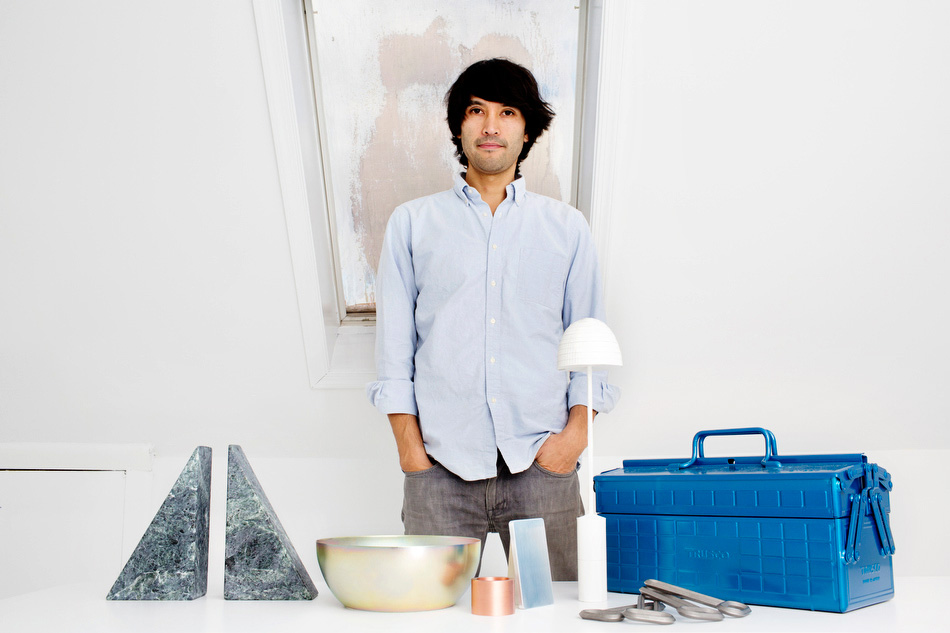
Introducing ‘Japandi’: What Japan and Scandinavia have in common
There are more than 8,000 kilometers between Japan and Scandinavia. These two places of the world are – literally and in many ways figuratively speaking – miles apart. Or are they? When it comes to what the people living in these separate places of the planet choose to do with their most private space – their homes – they’re actually a lot more alike than you may think. But how… and why?
‘Japandi’ is a hybrid trend – between, as the name suggests, Japanese and Scandinavian (or Nordic) home design. Its popularity has been increasing over the past five years, and it’s said to be one of the key interior design trends for 2020. It brings together the best of two worlds, complimenting each other while balancing the excesses of each. Impressive, right?
Japanese interior is often thought of as sleek and elegant – but can come across as overly sleek. In ‘Japandi design’, this is compensated for with the adding of the modern-rustic details in Nordic design and the Scandinavian concept of ‘Hygge’ (hyperlinked to trace about hygge). As put by Kris Manalo, who is the senior upholstery buyer at design store Heal’s: “Aspects of the Scandi notion of ‘hygge’ (the Nordic term for the homely feeling of cosiness) and Japanese ‘wabi-sabi’ (finding beauty in imperfection) harmonise to create a stress-free atmosphere.”
In that way, these two worlds have found each other in a beautiful symbiosis. Yes, the rustic Nordics add ‘hygge’ to the sleek Japanese design, but this ‘helping each other out’ phenomenon indeed goes both ways, because: Where Scandinavian interior and design can be almost too neutral and cold, the rich color palette of Japanese design steps in and adds warmth to the room – voila.
So different – and yet so alike?
But despite adding different elements to the mix, both cultures share a deep love for simplicity, craftmanship and natural elements.
According to Kato Saeko, who is curator of The Shop at the cultural centre Japan House, London, a common point for Japan and Scandinavia is that both investigate how to live comfortably with nature:“I feel both cultures have developed in harsh natural environments that humans cannot control.” And speaking of nature, Saeko thinks that this trend has become increasingly popular as the interest in environmental issues has increased around the world; as people want to “make everyday life simple and sustainable.”
How exactly does ‘Japandi’ appeal to sustainability, one may ask? Well:
“I’ve seen a general trend toward fast-casual, almost disposable design. I’d like to believe that this Japandi trend might in some ways be a philosophical reaction to this rampant consumption of stylish yet cheaply made and poorly designed goods”

How exactly does ‘Japandi’ appeal to sustainability, one may ask? Well: “I’ve seen a general trend toward fast-casual, almost disposable design. I’d like to believe that this Japandi trend might in some ways be a philosophical reaction to this rampant consumption of stylish yet cheaply made and poorly designed goods,” argued once the designer Jonah Takagi, who was born in Tokyo and whose mother is Japanese. Here, the craftmanship and implemented sustainability in the ‘Japandic’ interior truly claims its spot in the year 2020.
The story behind ‘Japandi’ is in many ways a great picture on two extremely different cultures that – in their core – are strongly connected, both highly valuing nature, sustainability, comfort and simplicity. One designer who has previously acknowledged this strong connection between these two places of the world is the Danish designer Nina Tolstrup, who has traced ‘Japandi’ all the way back to the 1950’s!
So, what’s the moral of the story?
Let’s, for starters, continue to inspire, complement and learn from each other. All across the globe, all across cultural differences.
We might not be as different as first thought.
A little more info
- The rise of ‘Japandi’ style – cross-cultural collaborations by BBC
- More about the individual elements by Moretti Interior Design
- Designers and details by Finnish Design Shop



